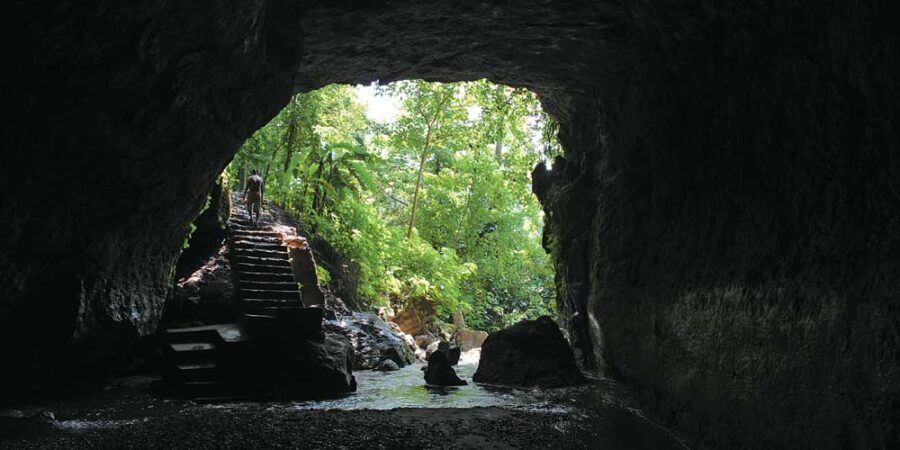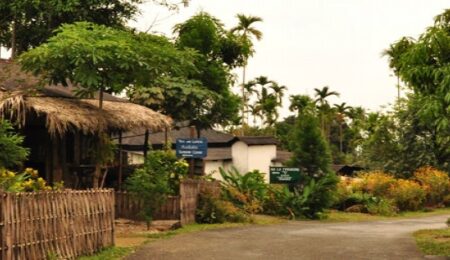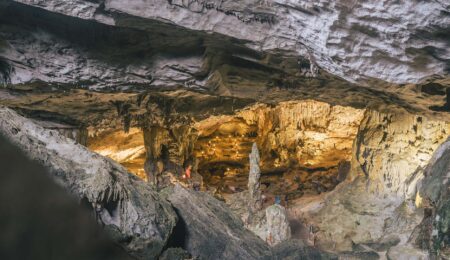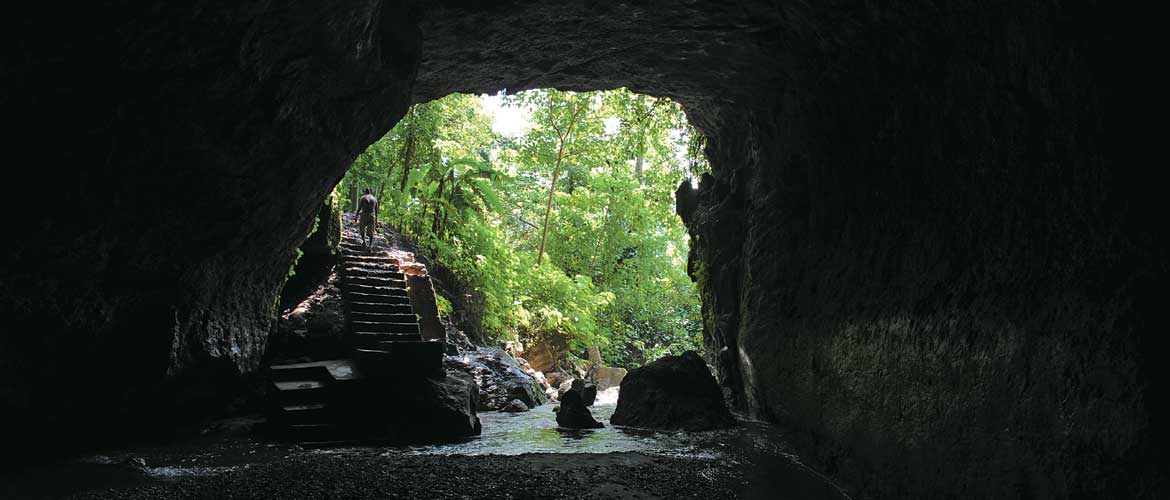
Amidst the lush green landscapes of Meghalaya, a state in northeastern India, lies a hidden treasure that enthralls explorers and nature enthusiasts alike – Siju Cave. Renowned for its vast expanse, mesmerizing formations, and rich biodiversity, this cave system is a testament to the geological wonders beneath the Earth’s surface.
Located in the village of Siju in the South Garo Hills district of Meghalaya, Siju Cave is one of the most remarkable caves in the region. It forms a part of the vast cave system that Meghalaya is celebrated for, offering visitors a glimpse into the subterranean wonders that exist within the state. Siju Cave’s unique features, geological formations, and ecological diversity make it a must-visit destination for adventurers and nature lovers.
As one enters Siju Cave, a sense of awe and wonder fills the air. The cave’s entrance leads to a vast network of chambers, galleries, and passages that stretch for kilometers beneath the Earth’s surface. The sheer size of the cave is awe-inspiring, inviting visitors to embark on an exploration like no other. Every step taken within Siju Cave reveals new wonders and surprises, immersing adventurers in a world of subterranean beauty.
Located in the East Khasi Hills district of Meghalaya, India, Siju Cave is one of the longest caves in the world. It is also one of the few caves that is still unexplored. Siju Cave is also known as the ‘Cave of Bats’ because of the large number of bats that live in the cave.
Siju Cave was discovered in 1925 by a group of British surveyors. However, it was only in the year 1940 that the cave was explored. The exploration was led by Dr. J. Clemens and Mr. H.E. St. Barbe. Several expeditions have been to Siju Cave since then, but the cave still needs to be explored.
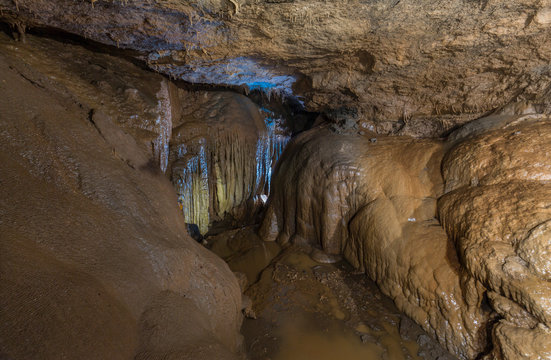 Siju Cave is located in the Siju Wildlife Sanctuary. The sanctuary is home to various wildlife, including tigers, leopards, elephants, and rhinoceros. The cave is situated at an elevation of about 1,000 feet (300 meters) above sea level. It is about 3 miles (4.8 kilometers) long and has a complex network of passages. The main passage of the cave is about 60 feet (18 meters) wide and 30 feet (9 meters) high.
Siju Cave is located in the Siju Wildlife Sanctuary. The sanctuary is home to various wildlife, including tigers, leopards, elephants, and rhinoceros. The cave is situated at an elevation of about 1,000 feet (300 meters) above sea level. It is about 3 miles (4.8 kilometers) long and has a complex network of passages. The main passage of the cave is about 60 feet (18 meters) wide and 30 feet (9 meters) high.
The cave is characterized by a number of interesting features, such as stalactites, stalagmites, and flowstones. There is also a freshwater lake in the cave, which is home to a variety of fish. Siju Cave is a popular tourist destination. Visitors can explore the cave by boat or on foot. There are also a number of adventure activities that can be enjoyed in the cave, such as rock climbing and rappelling.
Siju Cave is renowned for its stunning limestone formations. Over thousands of years, the slow deposition of minerals has given rise to intricate stalactites, stalagmites, flowstones, and columns that adorn the cave’s walls and ceilings. Delicate formations hang from the ceiling like frozen curtains, while stalagmites rise majestically from the cave floor as if frozen in time. The interplay of light and shadow creates a surreal ambiance, accentuating the ethereal beauty of the cave.
One of the most captivating features of Siju Cave is the presence of an underground river, which adds an element of intrigue and adventure. The subterranean river flows through the cave, carving its way through the limestone and creating unique geological features. The sound of water echoing through the cave creates a soothing and mesmerizing experience, further enhancing the exploration of this natural wonder.
Beyond its geological marvels, Siju Cave is home to a thriving ecosystem. The cave’s dark and humid environment provides shelter to many species that have adapted to this unique habitat. Bats, in particular, play a vital role in the cave’s ecosystem, contributing to pollination, seed dispersal, and insect control. The sight of bats flying through the cave adds to the sense of adventure and highlights the interconnectedness of life within this hidden world.
Exploring Siju Cave is a journey that caters to adventurers of all levels. The main section of the cave is easily accessible, with a well-lit pathway that guides visitors through its chambers and passages. However, there are opportunities for the more adventurous to delve deeper into the cave, navigating through narrower and more challenging passages. These advanced explorations provide a thrilling experience for those seeking an adrenaline rush and a deeper connection with the cave’s mysteries.
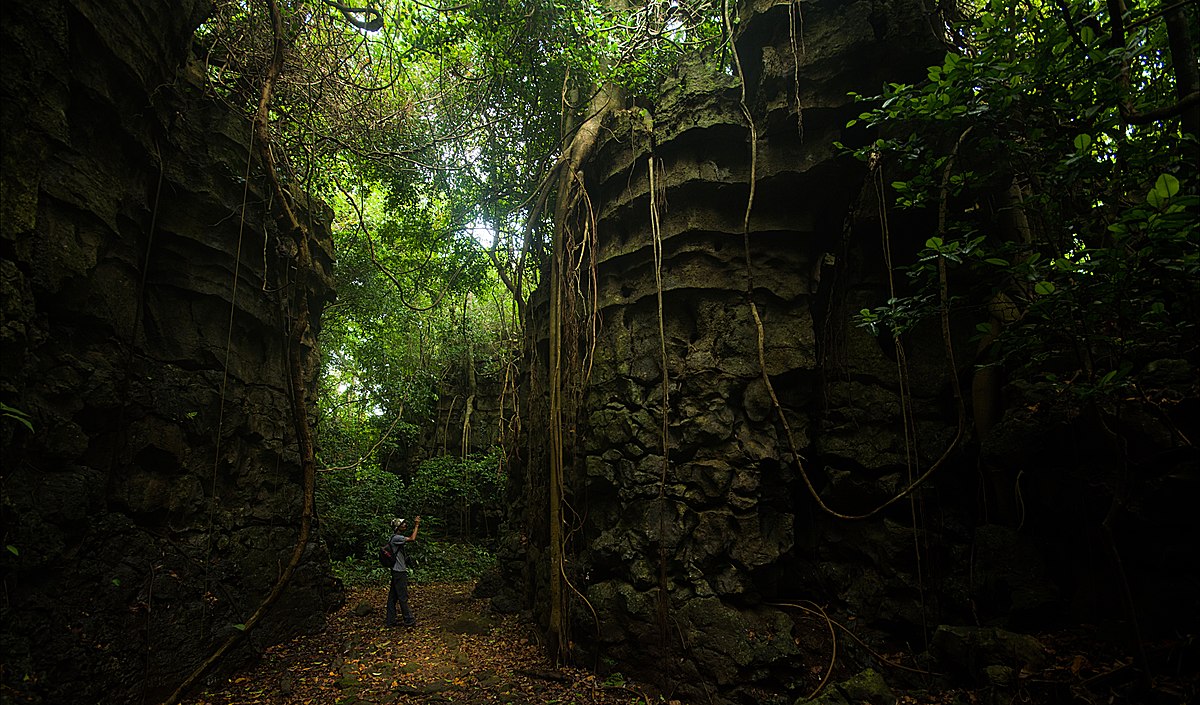 Siju Cave is not just a geological wonder; it also holds cultural significance. The cave has been a sacred site for the local Garo tribe for generations. It is believed to be the abode of their deity, and rituals and ceremonies are performed within its depths. The cave’s cultural importance adds a layer of spirituality and reverence, further enhancing its allure and captivating visitors with its storied past.
Siju Cave is not just a geological wonder; it also holds cultural significance. The cave has been a sacred site for the local Garo tribe for generations. It is believed to be the abode of their deity, and rituals and ceremonies are performed within its depths. The cave’s cultural importance adds a layer of spirituality and reverence, further enhancing its allure and captivating visitors with its storied past.
Preservation and conservation efforts are crucial in maintaining the delicate ecosystem of Siju Cave. Responsible tourism practices, such as minimizing human impact, adhering to designated pathways, and respecting the cave’s fragile formations, are essential for long-term sustainability. Local authorities and communities work hand in hand to promote awareness, educate visitors, and safeguard the cave’s natural and cultural heritage.
In conclusion, Siju Cave is a testament to Meghalaya’s extraordinary subterranean wonders. Its vast dimensions, captivating formations, and thriving ecosystem create an enchanting underground world that beckons explorers. As we continue to appreciate the beauty and significance of Siju Cave, let us embrace the responsibility of preserving and conserving this remarkable natural heritage for future generations to explore and cherish.


